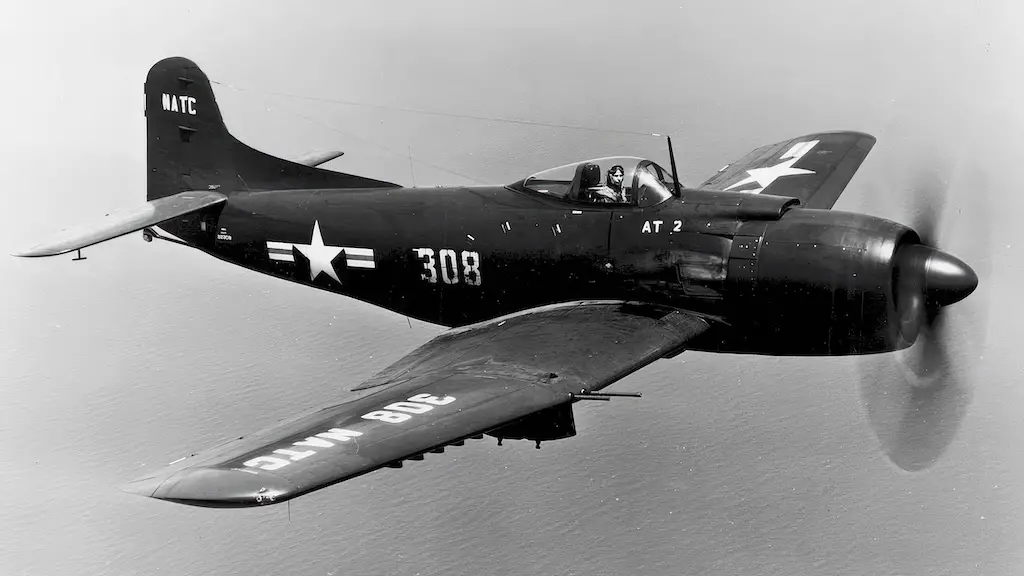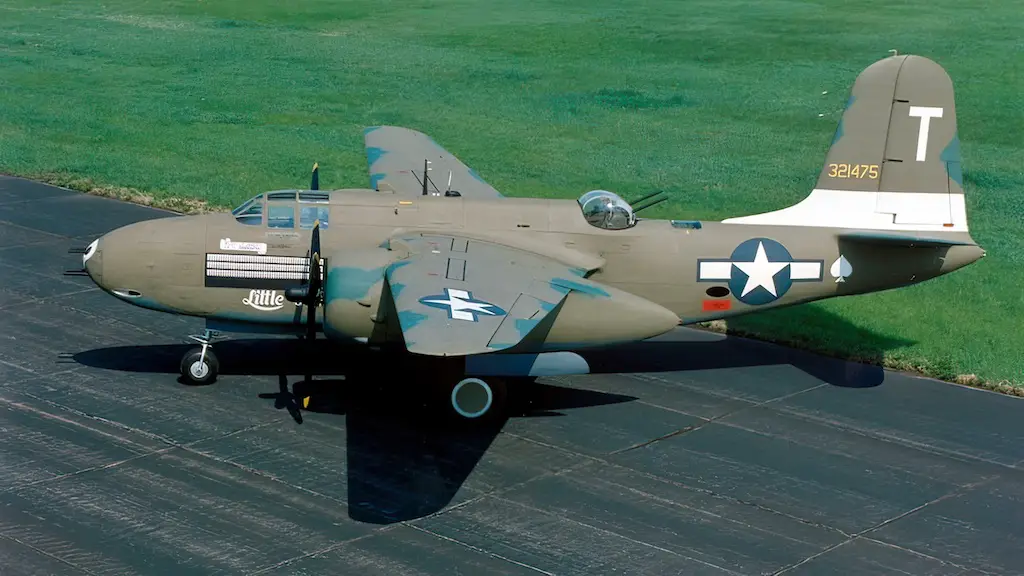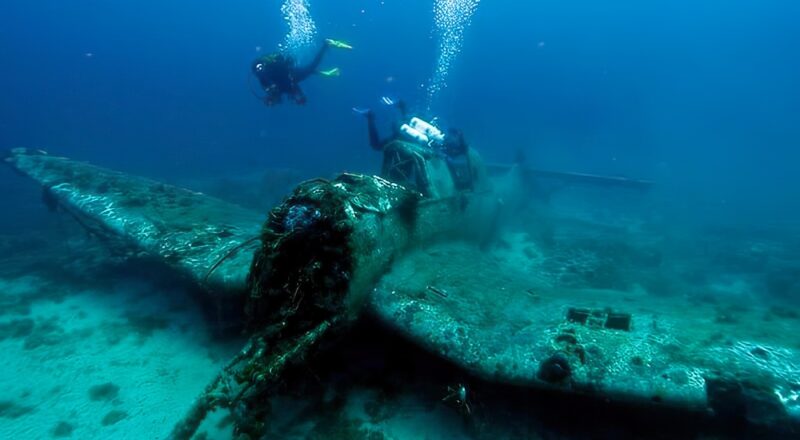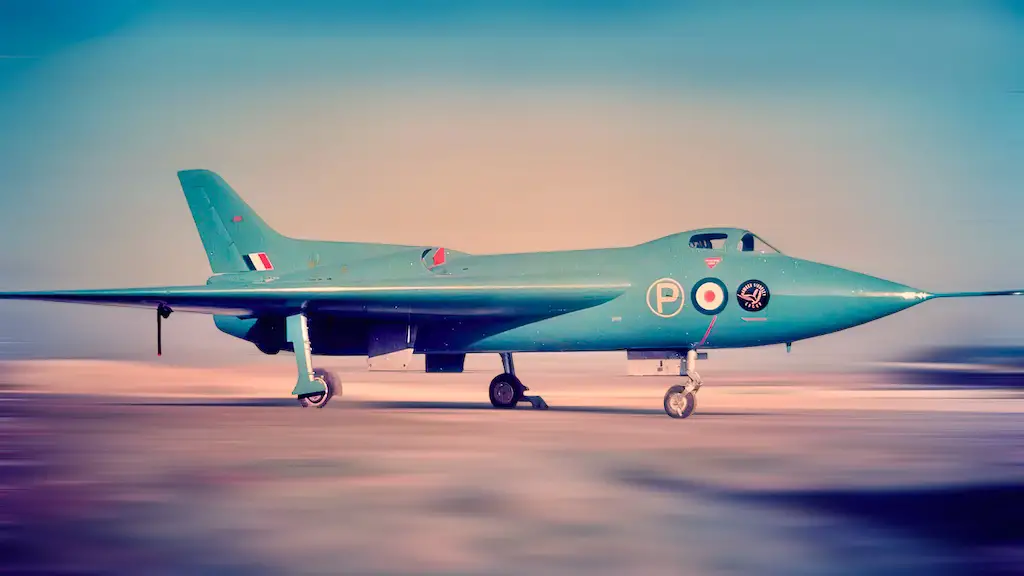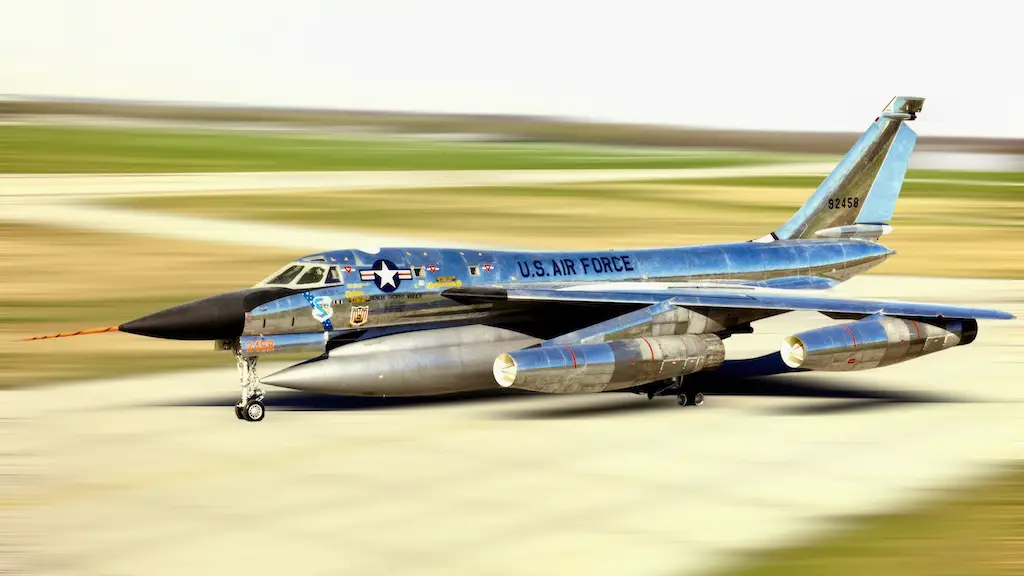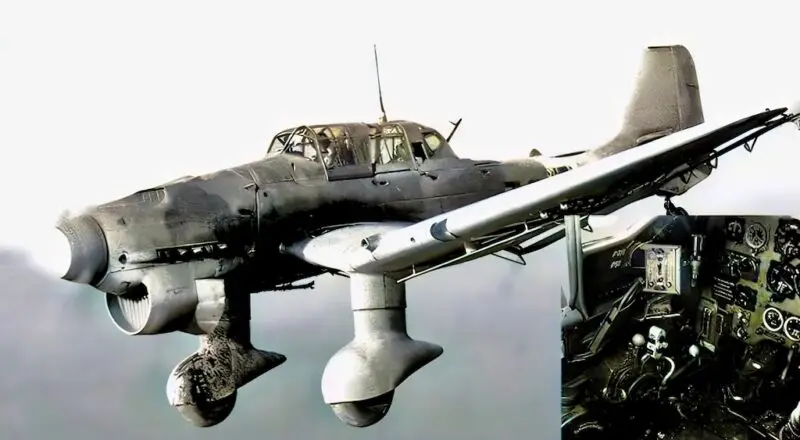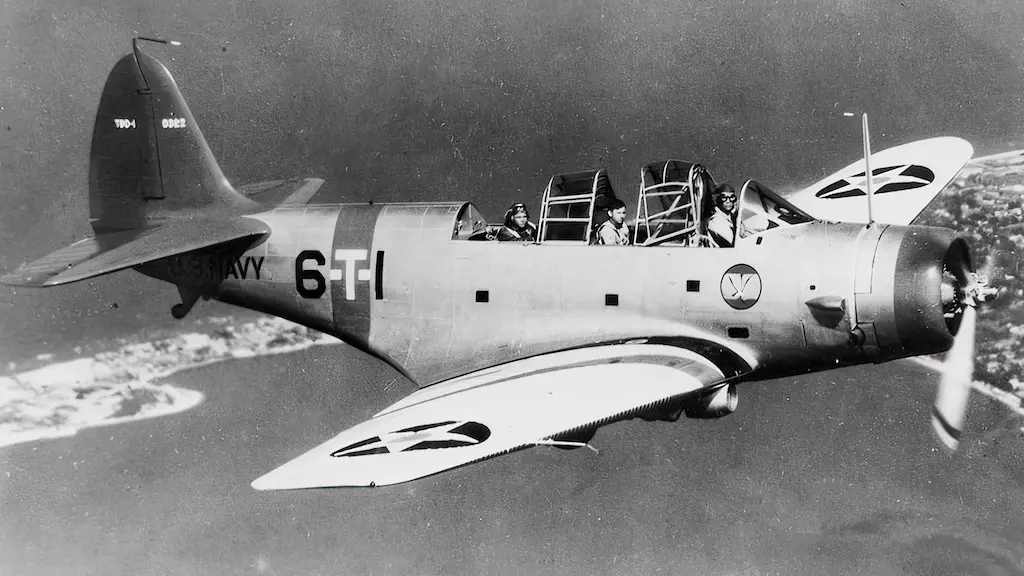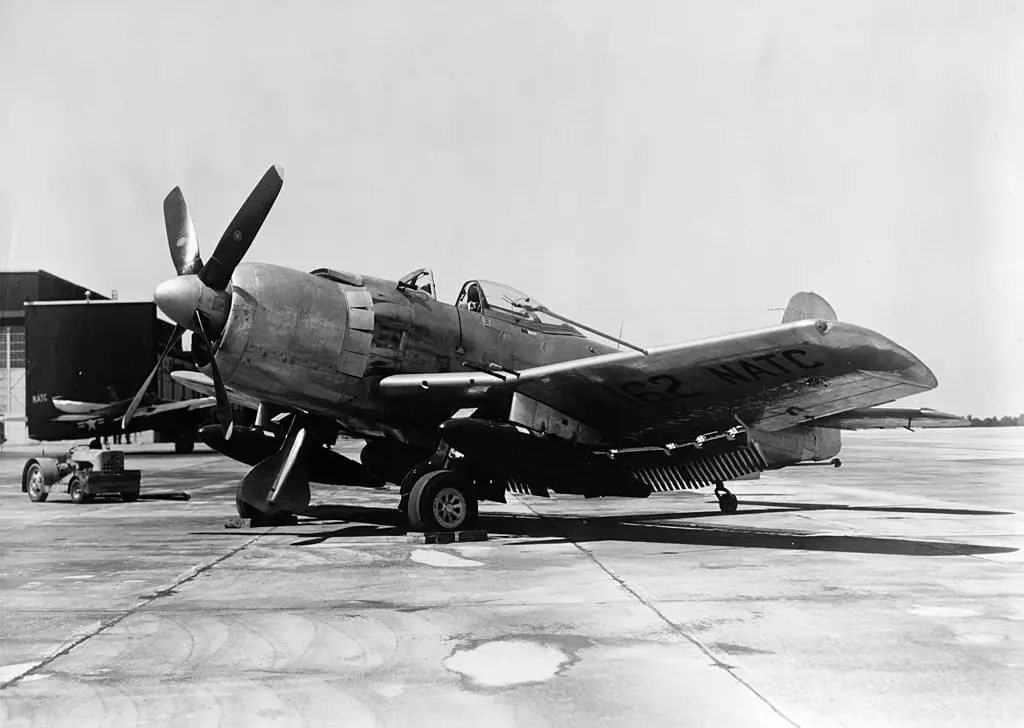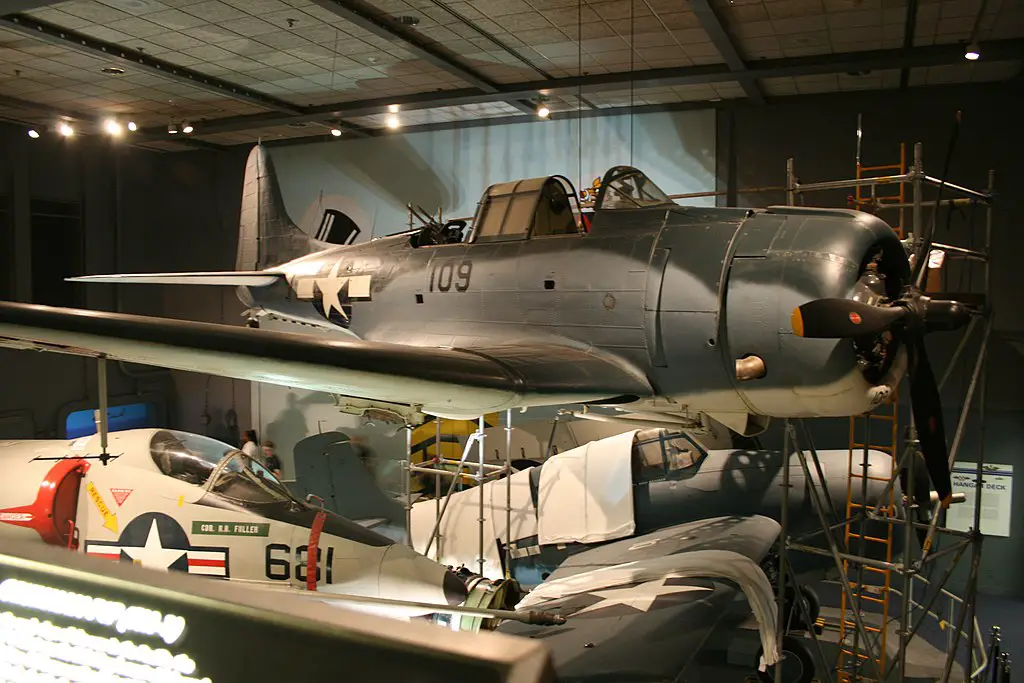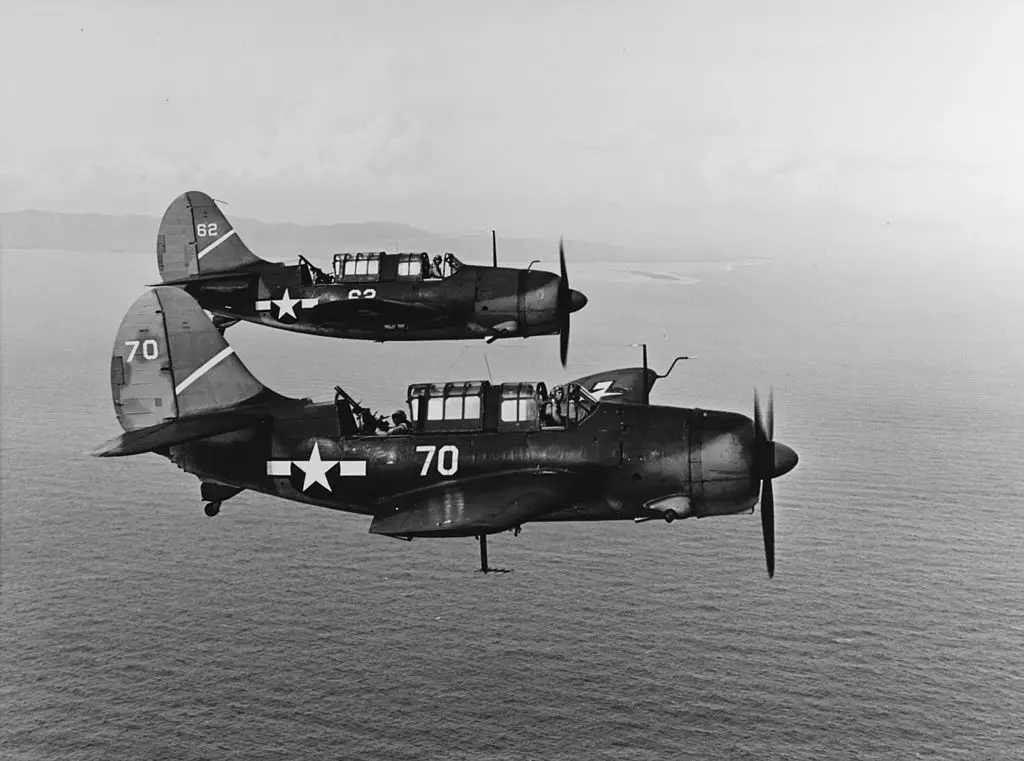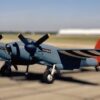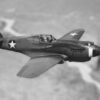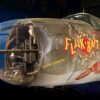The Martin AM Mauler was developed by the Glenn L. Martin Company in the late 1940s. It was an ambitious and unique single-engine attack aircraft specifically designed for the United States Navy. With its robust construction and impressive payload capacity, the Mauler symbolized a new era of naval aviation. Despite the challenges it faced during development, test flights, and its eventual retirement, the Mauler’s innovative design and capabilities still hold a significant place in aviation history.
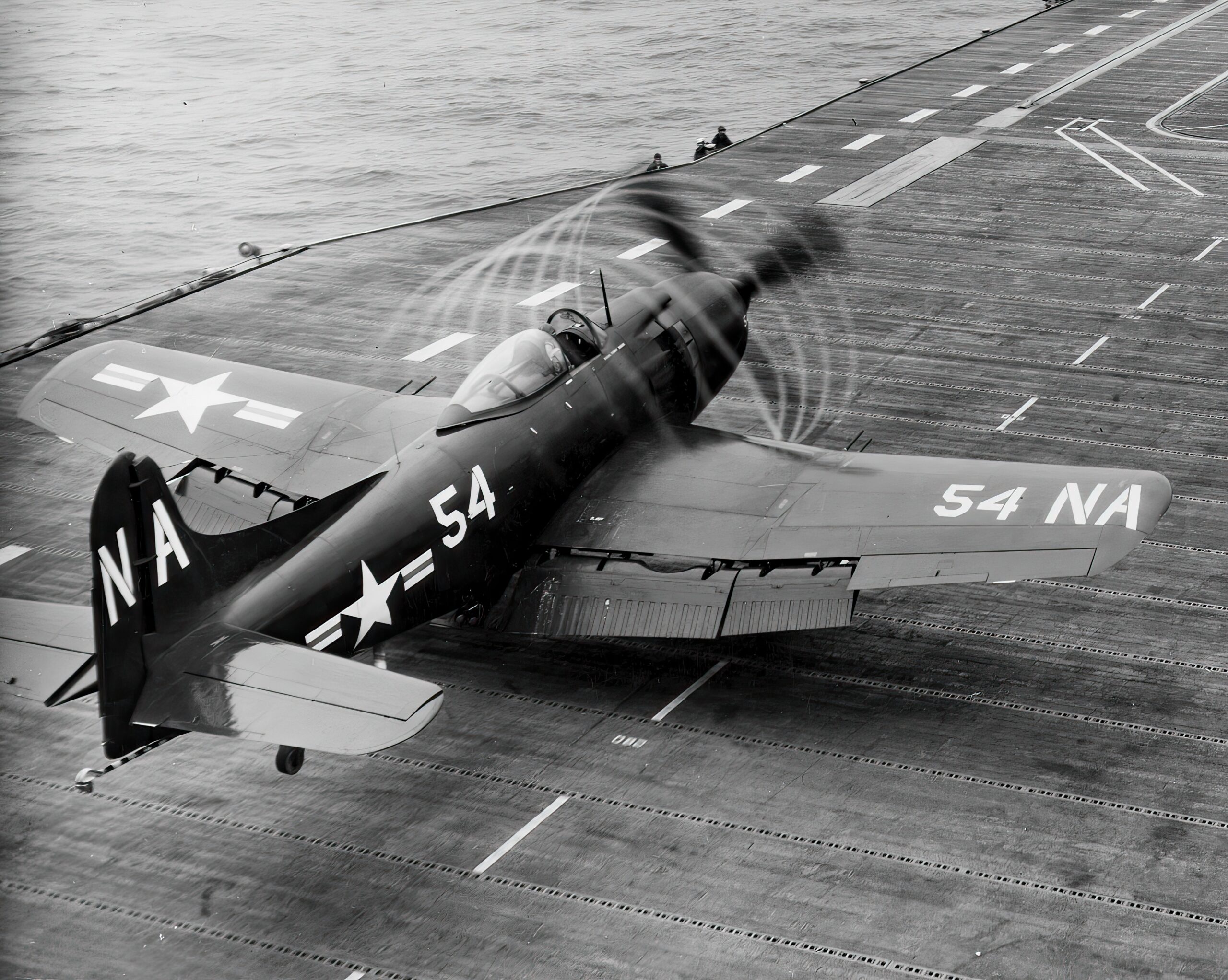
A Vision of Versatility
The Martin AM Maulers development began in 1944 when the U.S. Navy issued a request for proposals for a new attack aircraft that could replace the aging Douglas SBD Dauntless and Curtiss SB2C Helldiver. The aircraft was required to have a higher payload capacity, greater speed, and enhanced operational flexibility. The Glenn L. Martin Company, a well-established aircraft manufacturer, took up the challenge and began working on the design designated as XBTM-1.
The primary goal in designing the Mauler focused on creating a versatile and powerful aircraft adaptable to various mission profiles. The designers placed emphasis on durability, ease of maintenance, and the capacity to carry an assortment of bombs, torpedoes, and rockets. Equipping the Mauler with a powerful Pratt & Whitney R-4360 Wasp Major radial engine, which could produce 3,000 horsepower, enabled the aircraft to reach a top speed of approximately 386 mph and carry an impressive payload of up to 4,500 pounds.
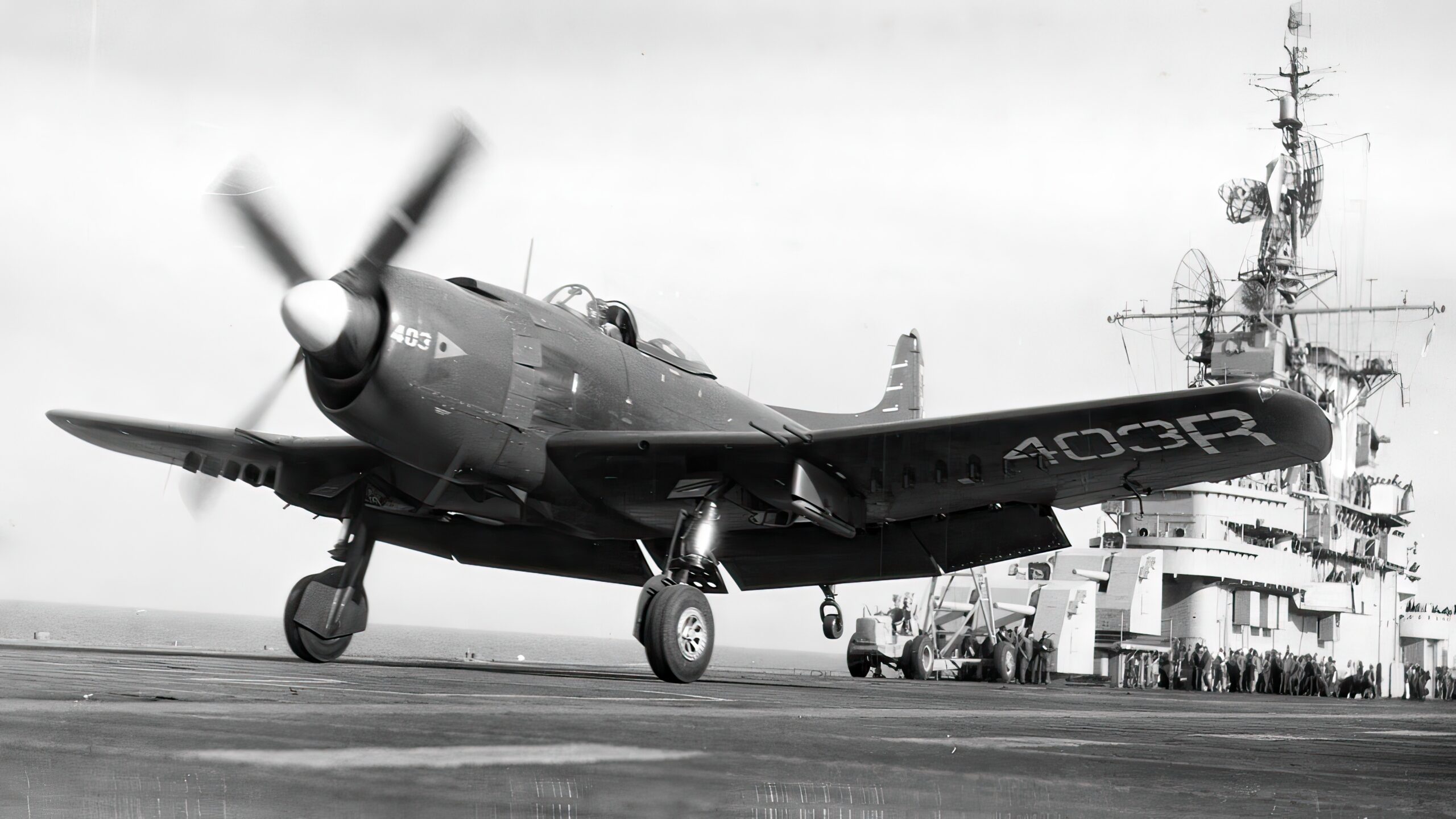
Overcoming Obstacles
The first prototype of the Martin AM Mauler, designated as the XBTM-1, made its maiden flight on August 26, 1947, with test pilot O.E. “Pat” Tibbs at the controls. The initial flight tests revealed several issues, including poor lateral stability and inadequate engine cooling. Despite these setbacks, the Navy remained committed to the Mauler’s potential and ordered additional modifications.
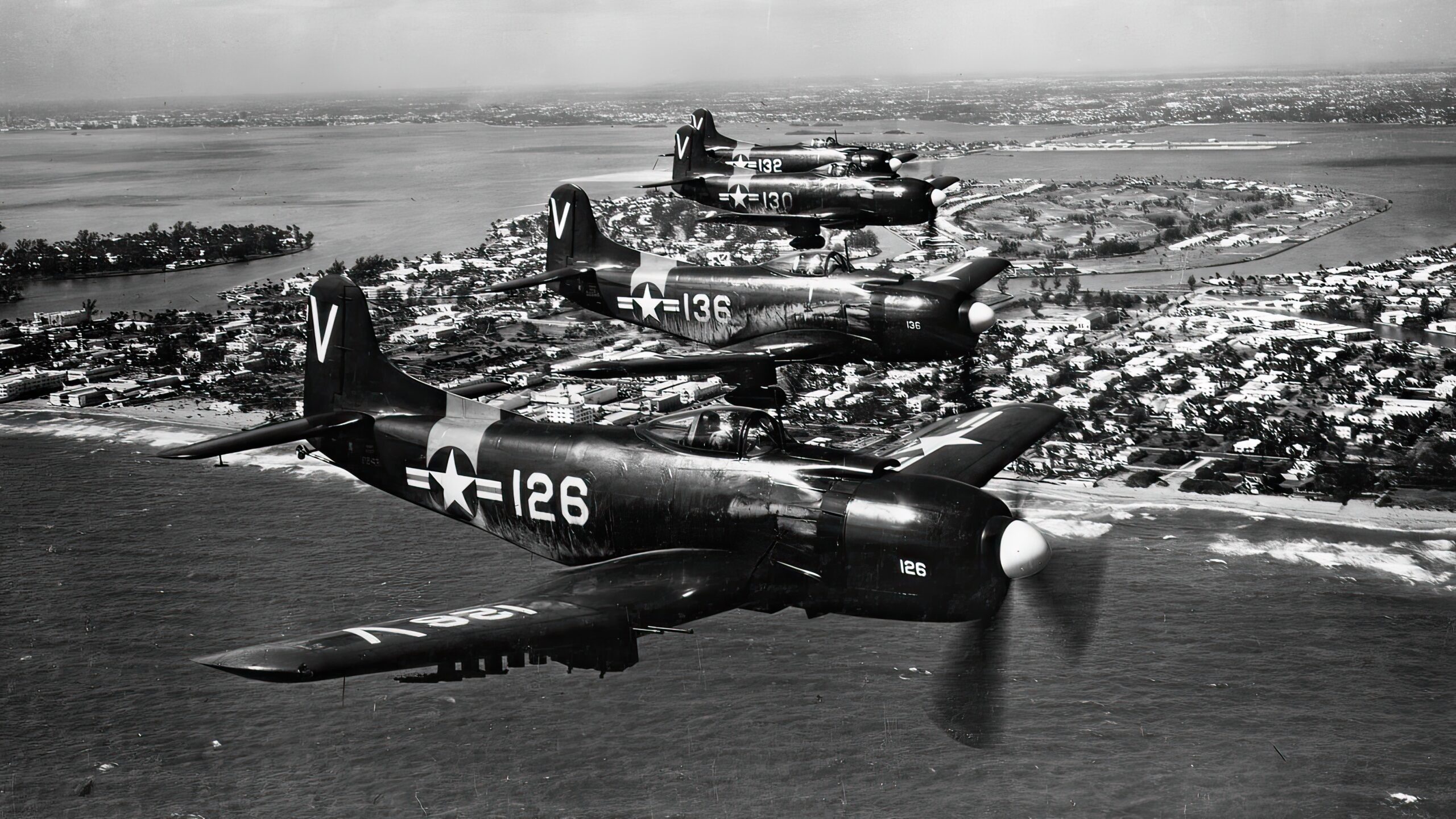
The second prototype, the XBTM-2, featured a larger vertical stabilizer and improved engine cooling system, which addressed the issues encountered in the first test flights. The XBTM-2 took to the skies in 1948, and its performance was deemed satisfactory enough for the Navy to order a batch of 30 pre-production aircraft.
However, the road to full operational capability was fraught with difficulties. The Mauler faced strong competition from the Douglas AD Skyraider, which had already proven itself to be a reliable and effective attack aircraft. Furthermore, the Mauler’s size and weight made it difficult to maneuver on the cramped decks of aircraft carriers, leading to a series of accidents.
A Short-lived Legacy
Although the Martin AM Mauler entered service in 1950, it soon became apparent that the aircraft’s complexity, maintenance issues, and handling challenges outweighed its benefits. The Navy gradually phased out the Mauler in favor of the more dependable Douglas AD Skyraider, and by 1953, the Mauler was officially retired from active service.
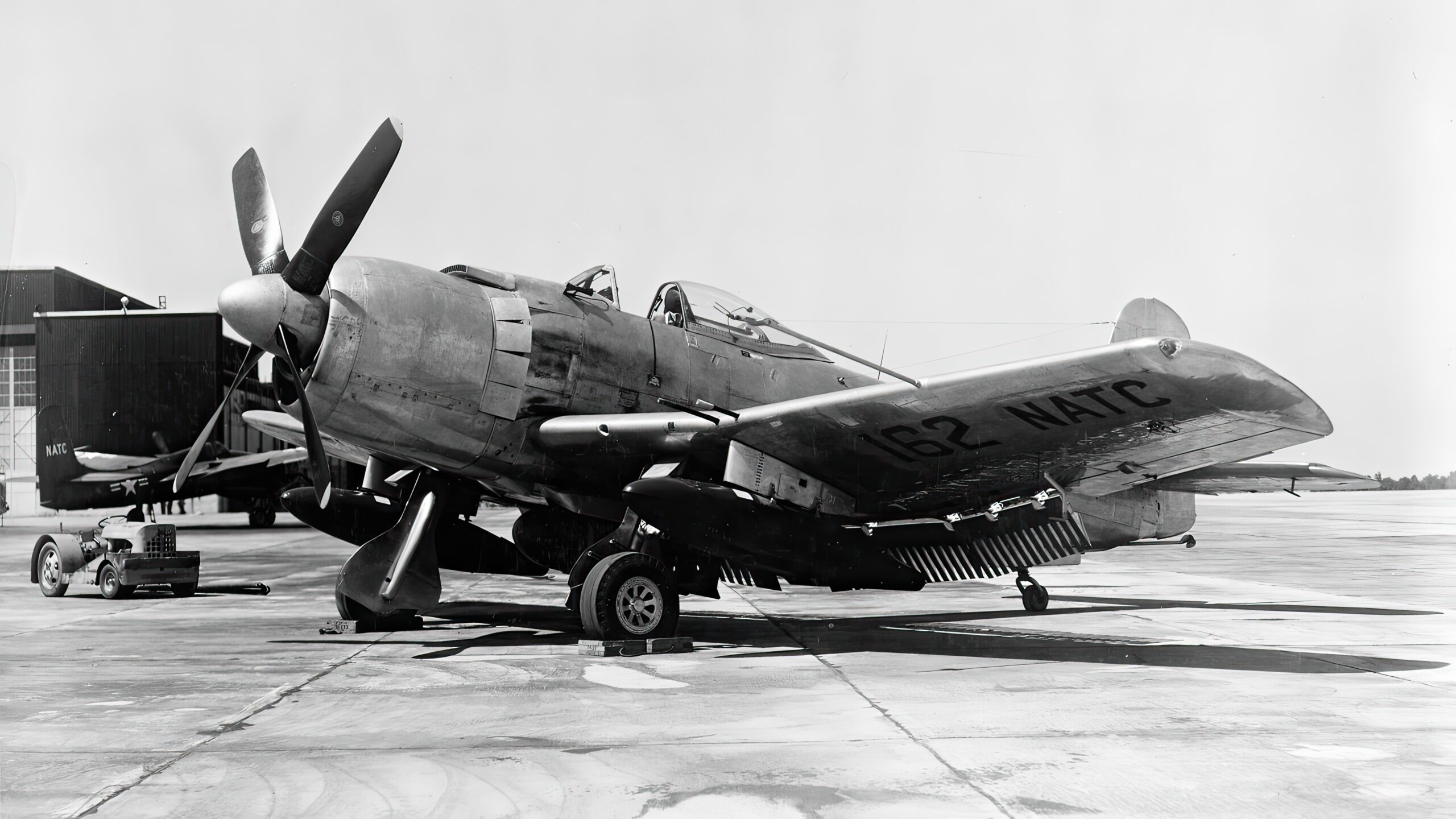
Despite its short-lived career, the Martin AM Mauler remains an essential part of aviation history. The aircraft’s bold design and ambitious goals paved the way for future innovations in naval aviation. The lessons learned from the Mauler’s development and operational challenges helped shape the approach to designing and deploying new aircraft in the decades that followed.

